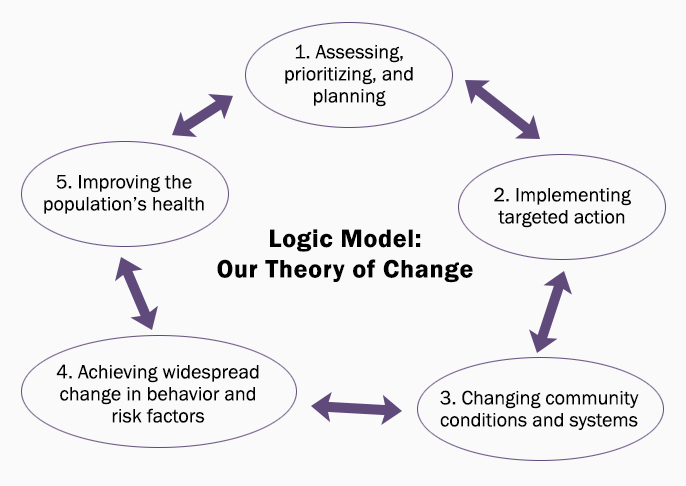Definition of Germs Antimicrobials. A growing number of infections such as pneumonia.

The Pandemic Project Our Readers Describe The Year Of Covid 19
Resistance is the genetic ability of some individuals in an arthropod insect or mite pest population to survive an application or applications of pesticides insecticides or miticides.

. There are two main ways that bacterial cells can acquire antibiotic resistance. These answers are provided by our infectious disease faculty experts. After 1 day and 24 of these cycles the population would have increased from 1000 to more than 16 billion.
The opposite of progressive disease is stable disease or static disease. The important concept of exponential growth is that the population growth rate the number of organisms added in each reproductive generation is accelerating. To stay informed please consider bookmarking this page.
The other way that bacteria acquire resistance is through horizontal gene transfer. This renders the drugs useless against the new resistant strains allowing resistance to grow and spread to other germs creating drug-resistant infections that can be difficult to treat. Refractory disease A refractory disease is a disease that resists treatment especially an individual case that resists treatment more than is normal for the specific disease in question.
Environmental resistance factors are things that limit the growth of a population. Disease as a Selective Force. In other words the pesticides no longer effectively kills a high number or percent 90 of individuals in the insect andor mite pest population.
Antibiotic resistance can affect anyone of any age in any country. An unusually large number of cases in a population constituents an epidemic. Antibiotic resistance does not mean our body is resistant to antibiotics.
Are causes by diseases not normally present in a population like cholera being reintroduced to Western Hemisphere or fluctuations in incidence of endemic diseases like influenza and pneumonia. We add a new answers weekly. Antibiotic resistance is the ability of a microorganism to withstand the effects of an antibiotic.
Antibiotic resistance occurs when bacteria develop defenses against the antibiotics designed to kill them. Some bacteria that are capable of causing serious disease are becoming resistant to most commonly available antibiotics. Antibiotic resistant bacteria can spread from person to person in the community or from patient to patient in hospital.
An infectious disease can differ from simple infection which is the invasion of and replication in. A recent study revealed 88 of people think antibiotic resistance occurs when the human body becomes. We asked people to tell us about their experiences good and bad in living through this moment in history.
Below are answers to some of the most common questions we have been asked about the SARS CoV-2 virus and the COVID-19 disease it causes. What two-word term describes a populations disease resistance that is achieved by either exposure and recovery or an effective vaccine. Antibiotic resistance occurs naturally but misuse of antibiotics in humans and animals is accelerating the process.
Infectious disease in medicine a process caused by an agent often a type of microorganism that impairs a persons health. One is through mutations that occur in the DNA of the cell during replication. It is a specific type of drug resistance.
Helpful 1Not Helpful 0 Add a. A medical condition where the immune system cannot function properly and protect the body from disease. Antibiotic resistance is a serious public health problem.
That is it is increasing at a greater and greater rate. As a result the body cannot defend itself against infections like pneumonia. A bottleneck event changing the frequency of some genotype in a population.
There are three different ways in which this can occur but in each case genetic material is. Antibiotic resistance is one of the biggest threats to global health food security and development today. The medical term for disease resistance is immunity.
Antibiotic resistance is a naturally occurring process. Achieving herd immunity against COVID-19 in the United States will require up to 70 percent of the population to have recovered from the disease or received a vaccine according to the Mayo Clinic. Antibiotic resistance evolves naturally via natural.
Most people would have heard about antibiotic resistance and studies show many are aware the cause of the current crisis is due to their overuse. A vaccine containing partial cellular material as opposed to complete cells. The most popular of these questions are also being addressed in video.
But few know how and where the resistance occurs. Acquired Immune Deficiency Syndrome AIDS. In Their Own Words Americans Describe the Struggles and Silver Linings of the COVID-19 Pandemic The outbreak has dramatically changed Americans lives and relationships over the past year.
They include biotic factors - like predators disease competition and lack of food - as well as abiotic factors. A medical condition that exists but does not get better or worse. However increases in antibiotic resistance are driven by a combination of germs exposed to antibiotics and the spread of those germs and their resistance mechanisms.
In many cases infectious disease can be spread from person to person either directly eg via skin contact or indirectly eg via contaminated food or water. For a resistance genotype to spread through a population or to drastically change in frequency some selective pressure is likely to play a role. The terms starting zone track and runout zone are.
Antibiotic resistance has the potential to affect everyone.

Chapter 1 Our Model For Community Change And Improvement Section 3 Our Model Of Practice Building Capacity For Community And System Change Main Section Community Tool Box

The Arms Race Between Germs And Medicine How Superbugs Have Taken The Lead And How Humans Can Take It Back Science In The News

0 Comments